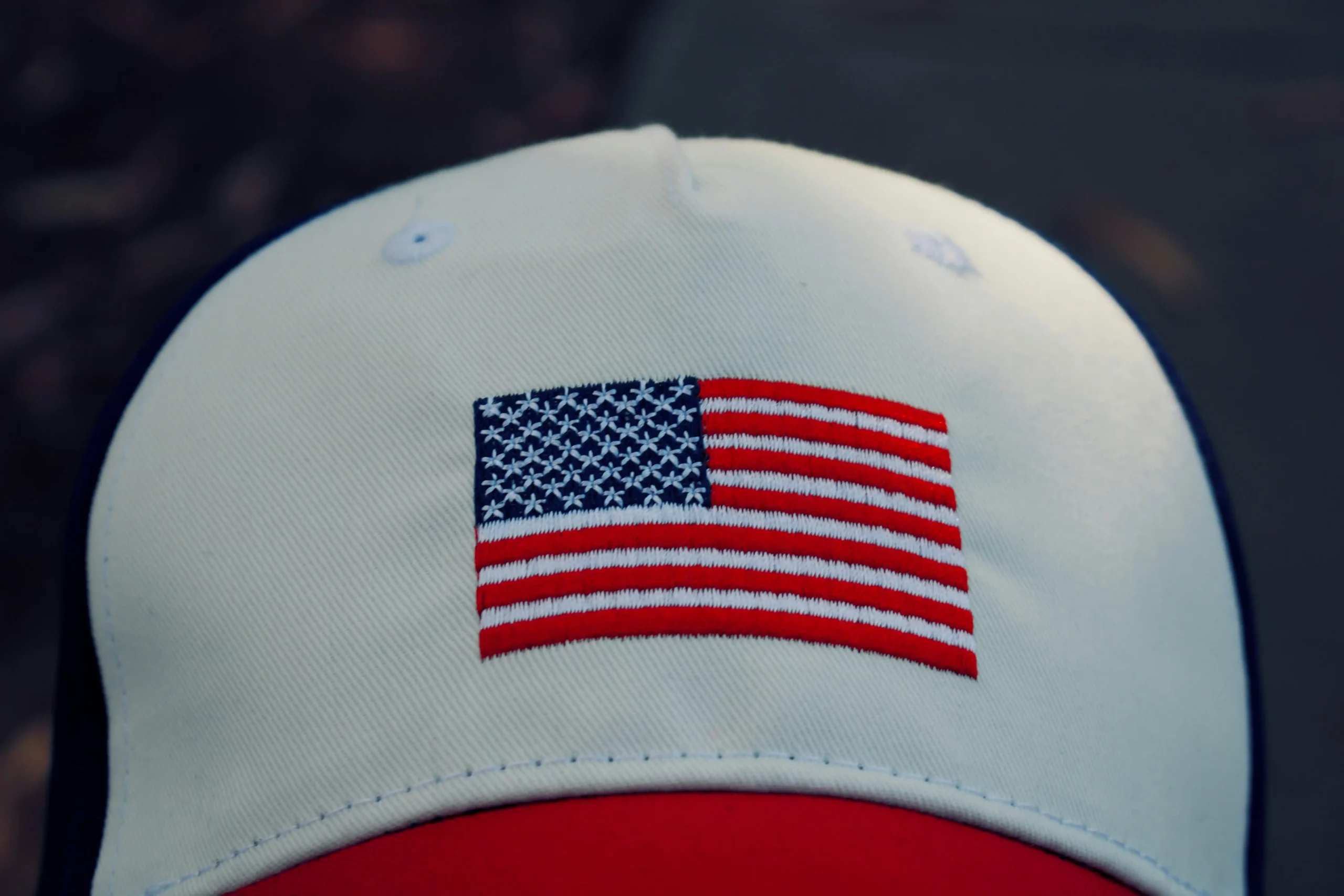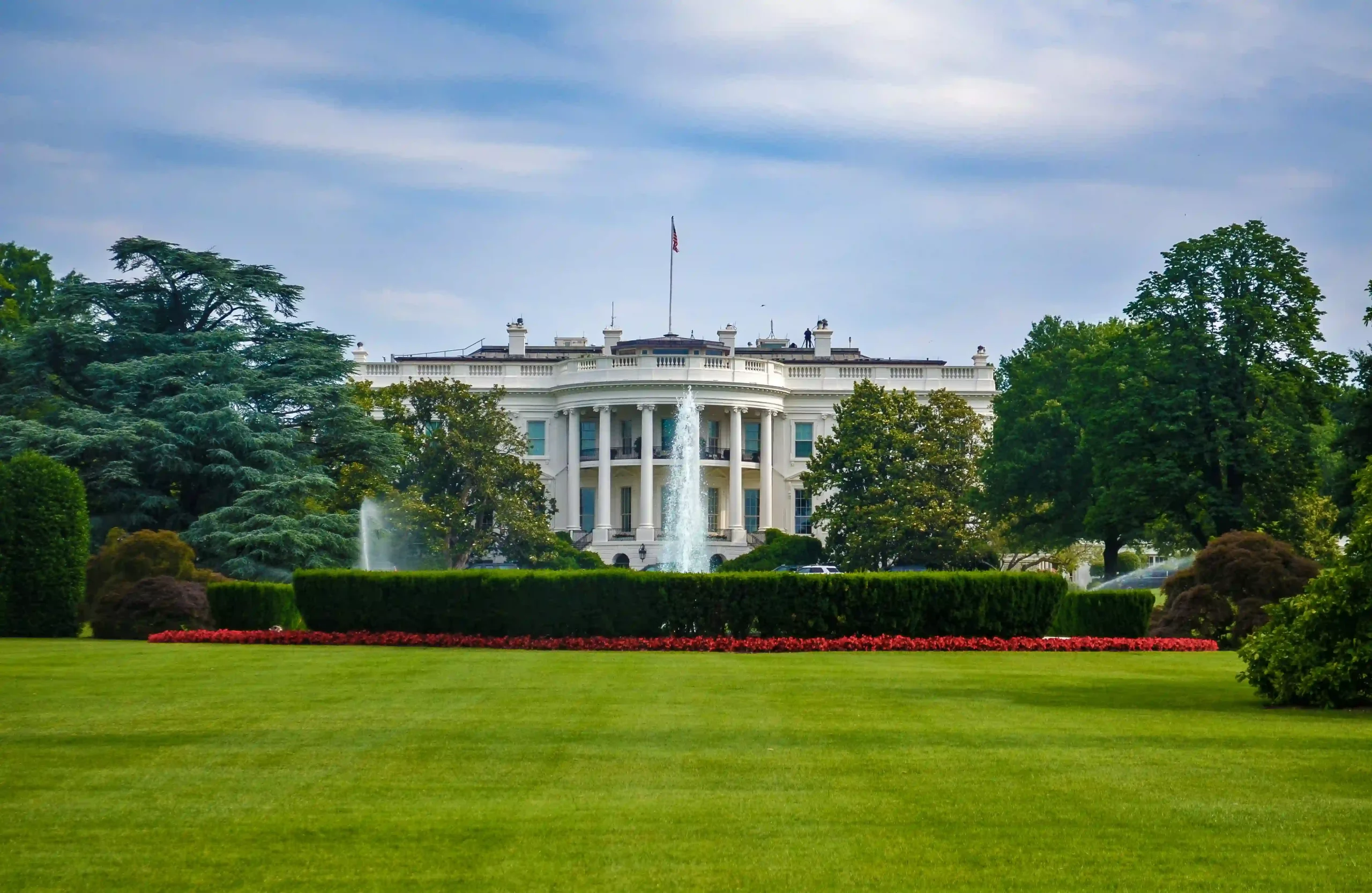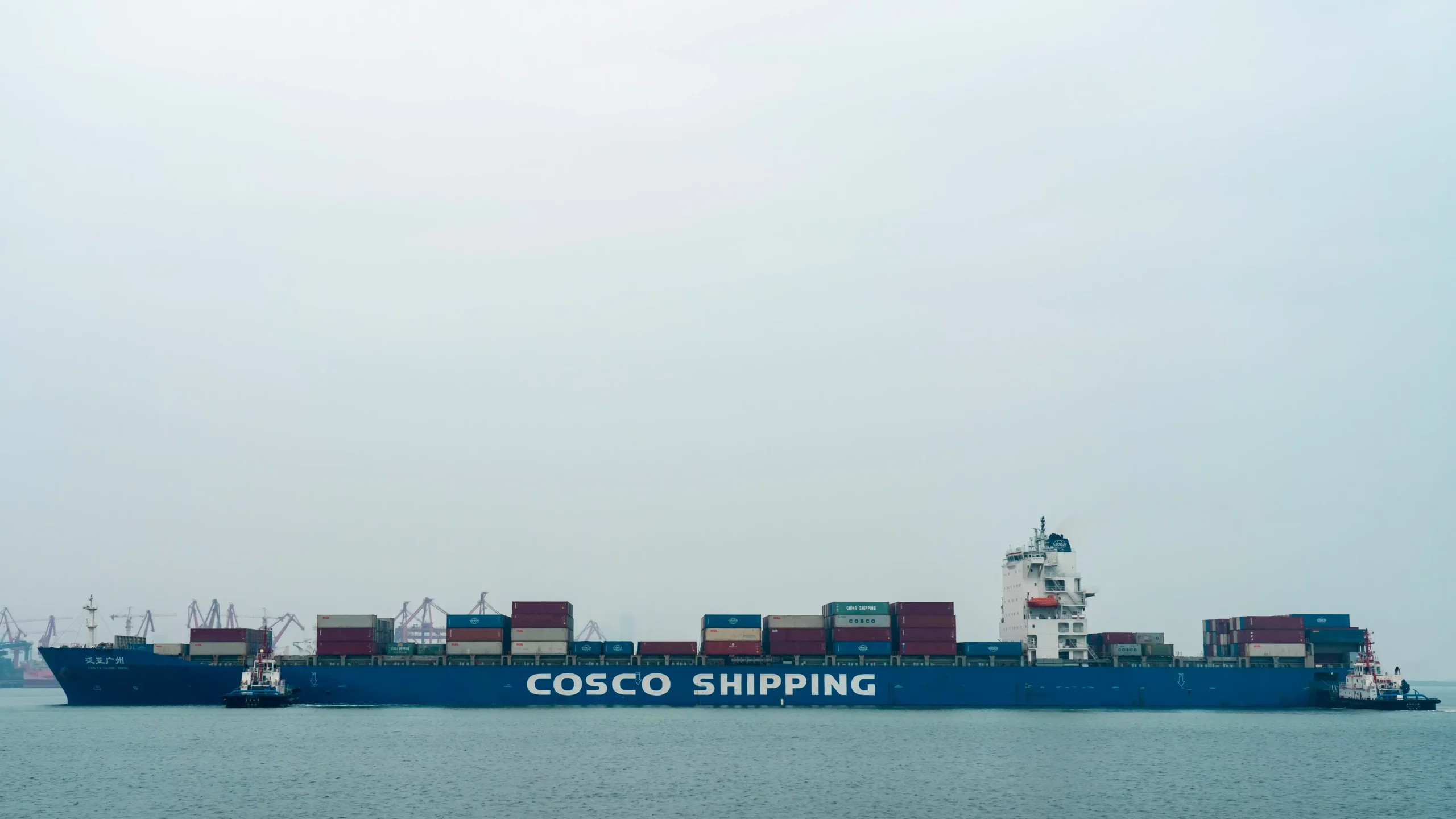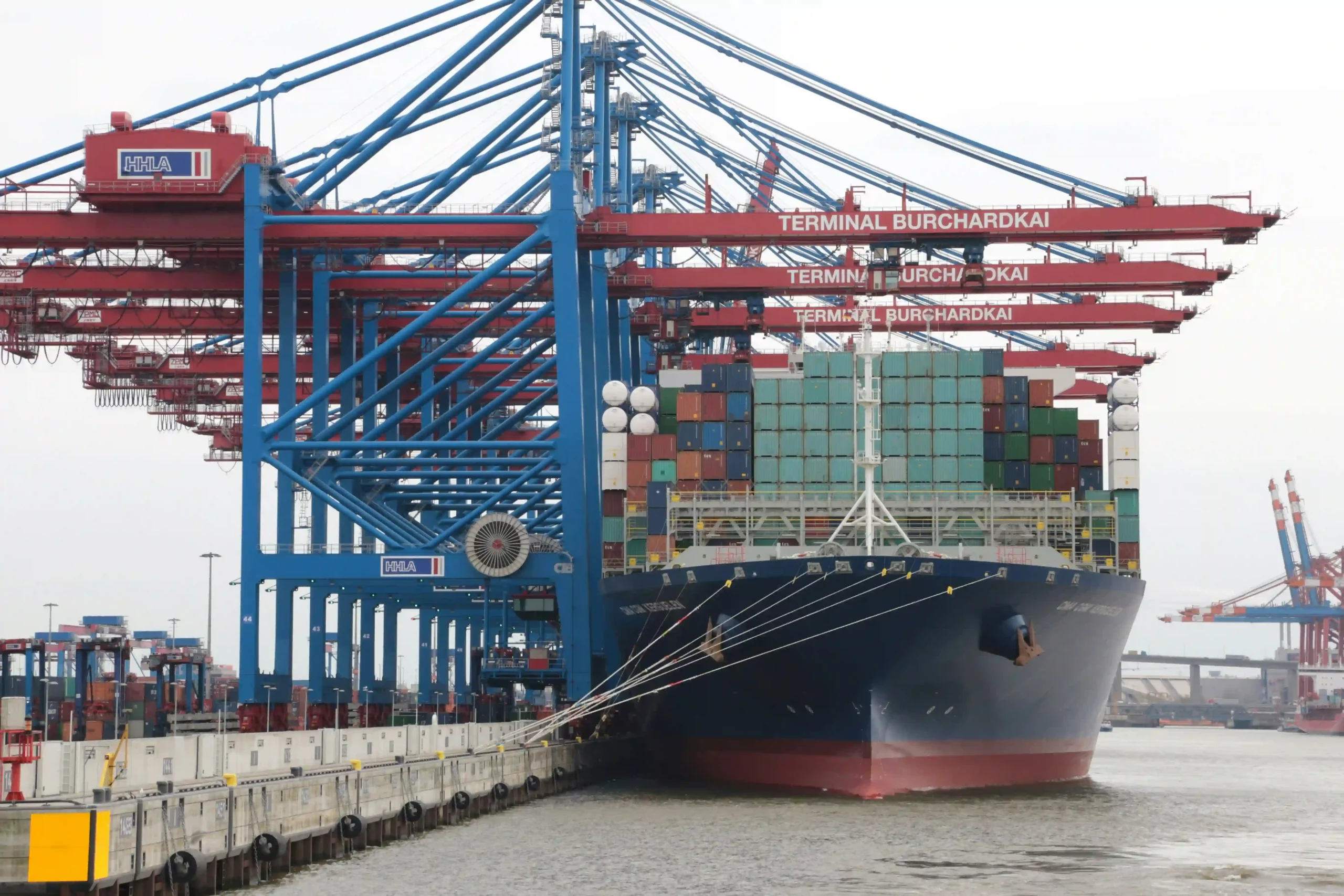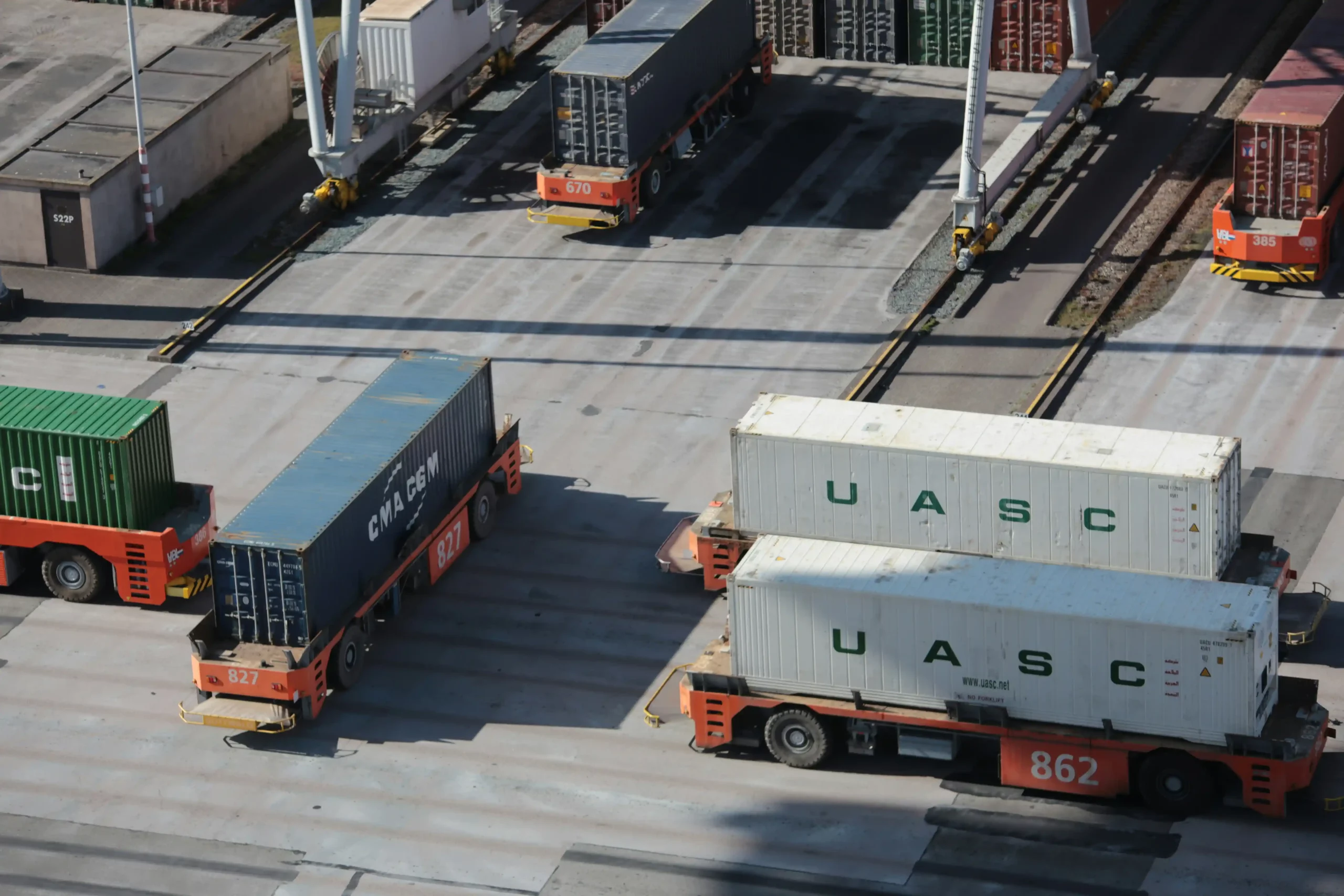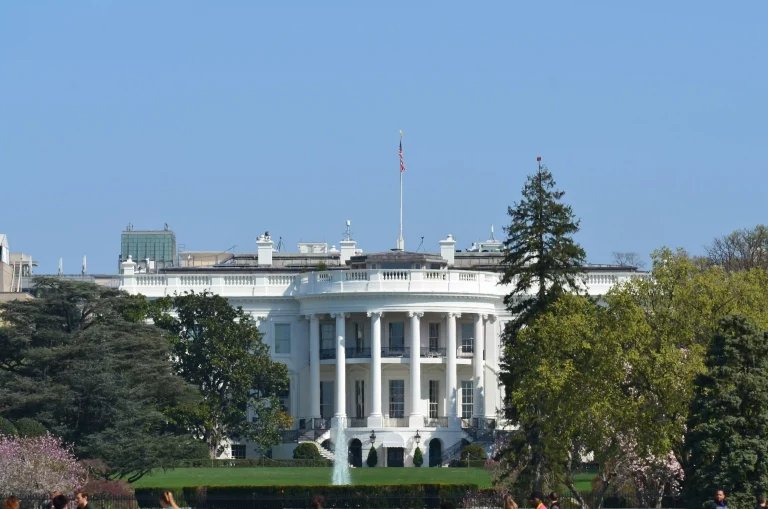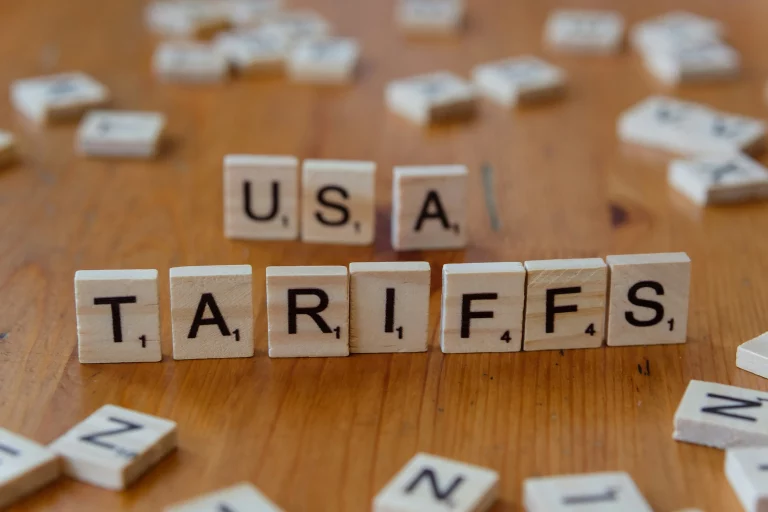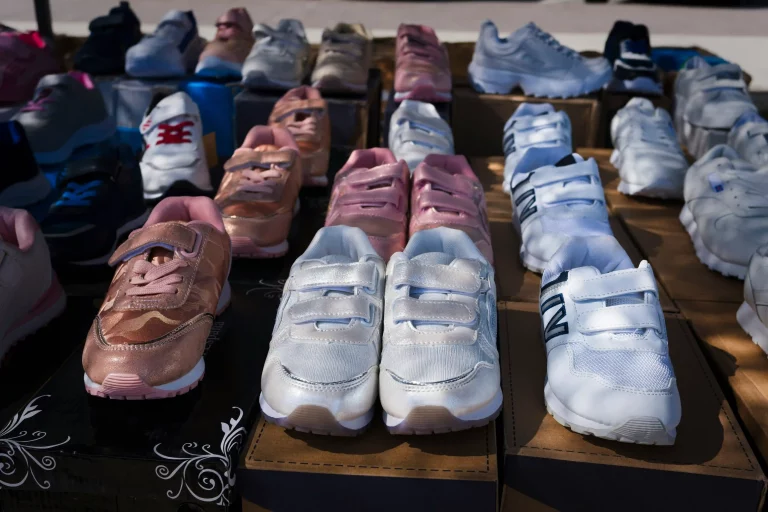The international trade environment is constantly evolving. For companies aiming to import shoes from China, mastering the intricacies of US tariffs in 2025 is vital. With recent tariff increases affecting the footwear sector, businesses encounter escalating expenses and logistical hurdles. Yet, by adopting smart approaches—such as securing tariff exemptions, refining classifications, or seeking other sourcing options—you can reduce costs and sustain profitability. This detailed guide explores the impact of 2025 US tariffs on shoe imports. It provides practical advice supported by trade data to help you succeed in this shifting landscape.
Understanding US Tariffs on Shoe Imports in 2025
The footwear industry depends heavily on Chinese production. It faces significant challenges from US tariffs. In 2025, new trade regulations have transformed how firms import shoes from China. These changes drive up expenses and encourage strategic adjustments.
Overview of 2025 Tariff Changes
In early 2025, the US introduced tariffs targeting goods from China, including shoes. Trade reports indicate tariffs on Chinese products rose to 20% starting March 4, 2025. This builds on rates from 2024. For footwear, this means higher landed costs. Athletic shoes, for instance, now face duties up to 20%, while slippers see lower rates at 6%.
| Product Category | Tariff Rate (2025) | Previous Rate (2024) |
| Athletic Shoes | 20% | 10-15% |
| Slippers | 6% | 5% |
| Leather Footwear | 10-15% | 8-12% |
These updates arise from government directives addressing trade imbalances and security issues. They affect over 60% of US shoe imports, which come from China.
Why Tariffs Matter for Shoe Importers
For firms importing footwear, tariffs influence pricing, profits, and market position. The Footwear Distributors and Retailers of America note that a $155 pair of running shoes could climb to $220 due to new duties. This cost surge forces importers to absorb losses or raise prices for customers. Doing so risks lower sales. Grasping these effects is the first step toward cost-saving plans.
Strategies to Minimize Costs When Importing Shoes from China
Despite tariff obstacles, clever importers can use various methods to cut expenses and boost efficiency. Below, we outline effective ways to navigate the 2025 tariff environment.
Leveraging Tariff Exemptions
One approach to lower tariff costs is securing exemptions or using trade programs:
- Section 301 Exclusions: Importers can request exemptions via the Office of the US Trade Representative (USTR). From 2018 to 2021, 13% of over 53,000 requests were approved. This offers potential relief for certain shoe types.
- USMCA Benefits: Products qualifying under the United States-Mexico-Canada Agreement (USMCA) may enjoy reduced or zero tariffs. If your footwear includes North American parts, check USMCA eligibility.
- De Minimis Rule: Until US Customs updates its systems, shipments under $800 may enter duty-free. However, this benefit is temporary for Chinese goods.
Pursuing exemptions demands thorough records and adherence to rules. Still, the savings can be significant.
Optimizing Tariff Classifications
Tariff engineering—legally adjusting product categories for lower rates—is a valuable tactic. Here’s how it works:
- Reclassify Products: Columbia Sportswear once added pockets to women’s shirts, cutting duties from 26.9% to 16%. Likewise, modifying shoe designs, such as material blends, could shift them to lower-duty groups.
- Harmonized Tariff Schedule (HTS) Review: Collaborate with customs specialists to verify your shoes’ HTS classification. This prevents overpaying duties.
Refining classifications cuts costs without disrupting logistics. Learn more about streamlining this with procurement services.
Exploring Alternative Sourcing Options
Diversifying beyond China can protect you from steep tariffs. Consider these options:
- Vietnam and Indonesia: These nations now supply a growing portion of US shoe imports. Vietnam’s tariff rate is 46%, but trade talks may lower it. Both countries boast robust footwear industries with quality rivaling China.
- Mexico and Brazil: Steve Madden cut Chinese imports by 45% in 2025, turning to Mexico and Brazil for cost-effective output under USMCA terms.
- Cambodia and Bangladesh: These emerging markets offer cheaper labor. However, their infrastructure may trail behind.
| Country | Tariff Rate (2025) | Pros | Cons |
| Vietnam | 46% | Mature footwear sector | Risk of future tariffs |
| Mexico | 25% (USMCA-eligible) | Close to US, lower duties | Costlier labor than Asia |
| Cambodia | 49% | Affordable labor | Weaker infrastructure |
Switching sources requires effort in supplier management. Yet, it safeguards your business against tariff fluctuations.
Using Foreign Trade Zones (FTZs)
Foreign Trade Zones let importers delay duties until goods reach the US market. For footwear, this offers:
- Postponed Payments: Store stock in an FTZ. Pay tariffs only when shoes are shipped out.
- Re WBCExport Advantages: If you send shoes to other countries, you may skip US tariffs entirely.
FTZs benefit firms with global networks, improving cash flow.
Enhancing Quality Control to Avoid Penalties
Misclassifications or rule-breaking can trigger customs fines, raising costs. Strong shoes quality control ensures compliance. This reduces delays and penalties.
The Role of Holyale as Your China Shoes Sourcing Agent
Overcoming tariffs and sourcing issues is simpler with a reliable ally. At Holyale, we excel in helping firms import shoes from China smoothly. Located in Yiwu, a global trade hub, Holyale provides complete sourcing, procurement, and export support tailored to footwear. With over ten years of expertise, we link importers to trusted suppliers, oversee quality, and streamline shipping to cut costs. Whether you’re sourcing from the Yiwu Shoes Market or branching out, Holyale ensures compliance and efficiency. We help you stay ahead in 2025’s tariff landscape.
FAQs About Importing Shoes from China Under US Tariffs
Q1. What Are the Current US Tariffs on Importing Shoes from China in 2025?
A1. As of March 2025, tariffs on shoes from China stand at 20%. Rates vary by type, such as 20% for athletic shoes and 6% for slippers. These stem from government policies tackling trade gaps and security concerns.
Q2. How Can I Cut Costs When Importing Shoes from China?
A2. To save money, seek exemptions like Section 301 exclusions. You can also refine product classifications for lower duties. Alternatively, source from nations with better trade terms, like Mexico under the USMCA. Foreign Trade Zones help delay payments, too.
Q3. Are There Options Besides Importing Shoes from China?
A3. Yes, countries like Vietnam, Indonesia, Mexico, and Cambodia are solid choices. Each offers benefits, such as cheaper labor or trade agreements. Still, consider factors like infrastructure or future tariff risks.
Q4. How Do Tariffs Impact Shoe Prices for Buyers?
A4. Tariffs raise import costs, often leading to pricier products. For instance, a $77 pair of work boots might jump to $115 with a 20% tariff. This affects customer budgets and demand.
Q5. What Is Tariff Engineering When Importing Shoes from China?
A5. Tariff engineering means legally tweaking product designs or categories to get lower duties. For example, changing a shoe’s material mix might place it in a cheaper tariff group, saving money.
Call to Action: Start Importing Shoes Smarter Today
The 2025 US tariffs bring challenges. Yet, they also open doors to rethink how you import shoes from China. By securing exemptions, refining classifications, and exploring new sources, you can manage costs and stay competitive. Whether sourcing from the vibrant Yiwu Shoes Market or tapping new suppliers, careful planning is crucial.
Ready to optimize your imports? Visit Holyale’s homepage to see how our expert sourcing and shipping services can navigate tariffs and boost profits. Check out our product offerings or reach out today to import smarter in 2025!

